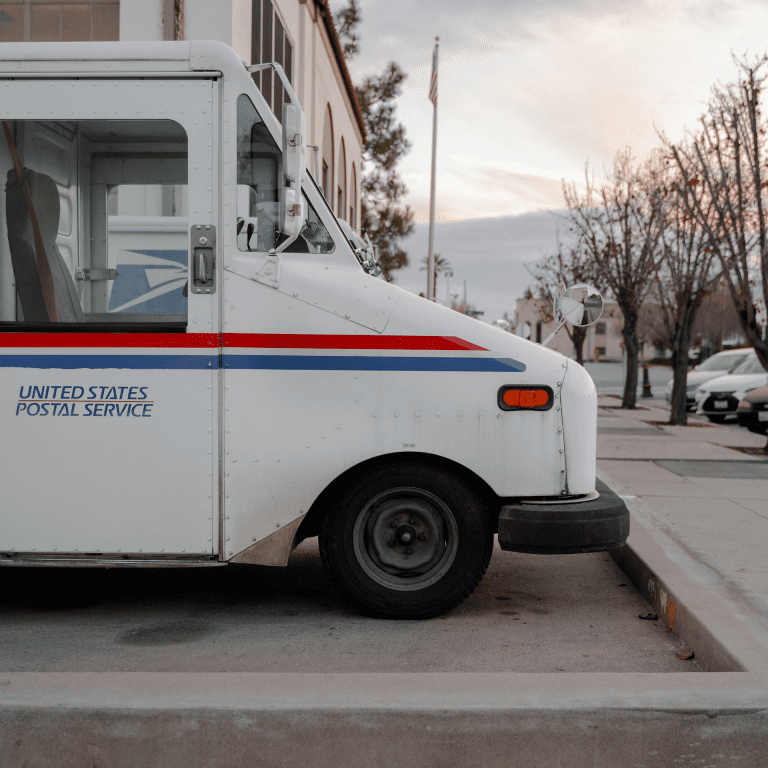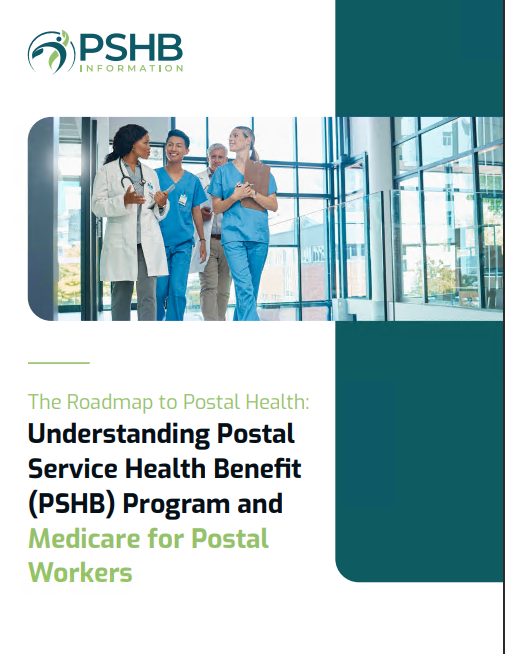Key Takeaways
-
USPS employees and retirees transitioning to the Postal Service Health Benefits (PSHB) Program in 2025 will retain access to essential federal benefits such as FEDVIP, FEGLI, FLTCIP, and FSAs.
-
Certain Medicare-eligible annuitants and family members are required to enroll in Medicare Part B to maintain full PSHB coverage, but key exemptions apply.
Understanding the Bigger Picture: You’re Not Losing Everything
If you’re concerned that the transition from FEHB to the PSHB Program in 2025 might result in the loss of other federal benefits, the good news is this: most of your essential benefits remain unchanged. While PSHB introduces a new system specifically for Postal Service health insurance, it does not affect your eligibility for other programs tied to your service.
This means you can still count on options like:
-
FEDVIP (Federal Employees Dental and Vision Insurance Program)
-
FEGLI (Federal Employees’ Group Life Insurance)
-
FLTCIP (Federal Long Term Care Insurance Program)
-
FSAFEDS (Flexible Spending Accounts for eligible employees)
These programs are administered separately from the PSHB and will continue to function under existing rules and eligibility criteria.
What’s Changing and What’s Staying the Same
PSHB Is Replacing FEHB—But Only for USPS
The PSHB Program officially replaced FEHB for USPS employees and retirees starting January 1, 2025. This change does not apply to other federal employees.
-
Who is affected? USPS employees, retirees, and eligible family members.
-
Who is not? Federal employees outside the Postal Service and retirees from other agencies.
Your Other Benefits Stay in Place
It’s important to know that the PSHB transition does not eliminate your access to:
-
Dental and vision coverage through FEDVIP
-
Life insurance coverage through FEGLI
-
Long-term care options through FLTCIP
-
Flexible spending account access through FSAFEDS (for eligible employees)
You can continue participating in these programs as long as you meet the current eligibility rules.
Medicare Part B Enrollment Rules: What You Need to Know
A major change under PSHB is that certain retirees and family members must enroll in Medicare Part B to maintain full PSHB coverage.
Who Must Enroll in Part B?
If you are a Medicare-eligible annuitant or family member and:
-
You retired after January 1, 2025, and
-
You are not already enrolled in Part B,
then you must enroll in Medicare Part B to keep your PSHB plan.
Key Exemptions from the Part B Requirement
You are exempt from mandatory Part B enrollment if:
-
You retired on or before January 1, 2025
-
You are an employee who was 64 or older as of January 1, 2025
-
You reside overseas
-
You are enrolled in VA health coverage or Indian Health Services
These exemptions ensure that not everyone will be required to make new Medicare decisions right away.
Prescription Drug Coverage Remains Strong
If you are Medicare-eligible and enrolled in PSHB and Part B, you automatically receive enhanced prescription drug benefits through a Medicare Part D EGWP (Employer Group Waiver Plan). This provides several important protections:
-
A $2,000 annual out-of-pocket cap for prescription drugs
-
A $35 per month cap on insulin
-
Access to an expanded pharmacy network
Opting out of this coverage will mean you lose your drug coverage under PSHB, and re-enrollment later is limited.
Coverage for Family Members Is Still Secure
Even with the shift to PSHB, family coverage options remain intact. You can still choose from:
-
Self Only
-
Self Plus One
-
Self and Family
Dependents eligible under FEHB rules remain eligible under PSHB. This includes spouses and children up to age 26, and in some cases, disabled adult children who meet certain criteria.
FEDVIP Coverage Doesn’t Go Anywhere
Your eligibility for dental and vision coverage through FEDVIP remains unchanged. Whether you’re an employee or retiree, you’ll be able to:
-
Enroll during open season
-
Make changes after a qualifying life event (QLE)
-
Choose a dental and/or vision plan that works with your budget and needs
Even as PSHB takes over health insurance, FEDVIP continues to offer separate enrollment and coverage.
FEGLI: Your Life Insurance Coverage Continues
FEGLI benefits remain available to USPS employees and retirees, with no changes resulting from the PSHB transition. You can continue your existing coverage or make adjustments during applicable periods.
-
Coverage options include Basic, Option A (Standard), Option B (Additional), and Option C (Family)
-
Premiums typically increase with age, especially in retirement, but coverage can be continued into retirement if elected in time
What About Long-Term Care?
The Federal Long Term Care Insurance Program (FLTCIP) is not impacted by PSHB. However, it’s important to know that new enrollments have been suspended since 2022.
-
If you already have FLTCIP, your coverage continues
-
New applicants must wait until enrollment reopens
FLTCIP offers coverage that helps pay for care services such as in-home assistance, assisted living, or nursing home care.
FSAFEDS Still Supports Active Employees
While FSAs are generally only available to active employees, that benefit remains intact for those currently working with the USPS. These accounts allow you to set aside pre-tax money for:
-
Dependent care expenses
The 2025 contribution limit for healthcare FSAs is $3,300, with a $660 carryover allowance for plans that permit it.
Timeline for Action and Transitions
Understanding key dates is essential for protecting your benefits:
-
April 1 – September 30, 2024: Special Enrollment Period (SEP) for eligible Medicare-eligible annuitants to enroll in Part B without penalty
-
November to December 2024: Open Season for PSHB plan selection
-
January 1, 2025: PSHB coverage begins; FEHB ends for USPS
Make sure your records are up to date and that you’ve taken any necessary steps before each deadline.
Reassurance During a Big Transition
Change often brings uncertainty, but the USPS transition to PSHB aims to streamline coverage while preserving the benefits you count on. Most importantly, you’re not losing key federal programs like dental, vision, life insurance, or long-term care.
You’ll still have options. You’ll still have protections. And you’re still part of a benefits system designed to support your health and well-being.
When in Doubt, Ask a Licensed Agent
If you have questions or you’re unsure about your next steps—especially regarding Medicare enrollment, drug coverage, or plan comparisons—speak to a licensed agent listed on this website. They can help you understand your specific situation and make choices that suit your health needs and long-term goals.








